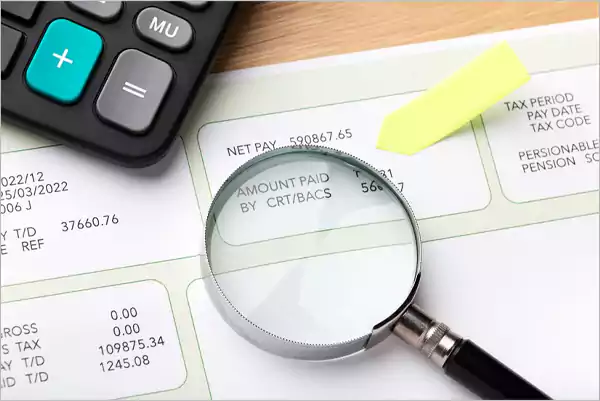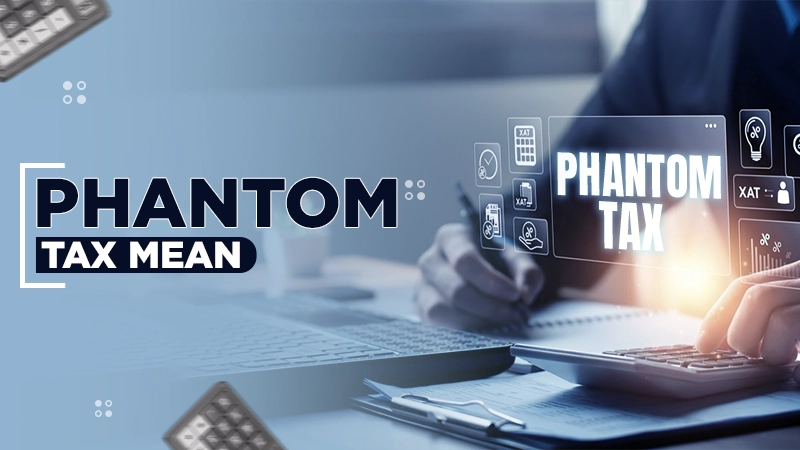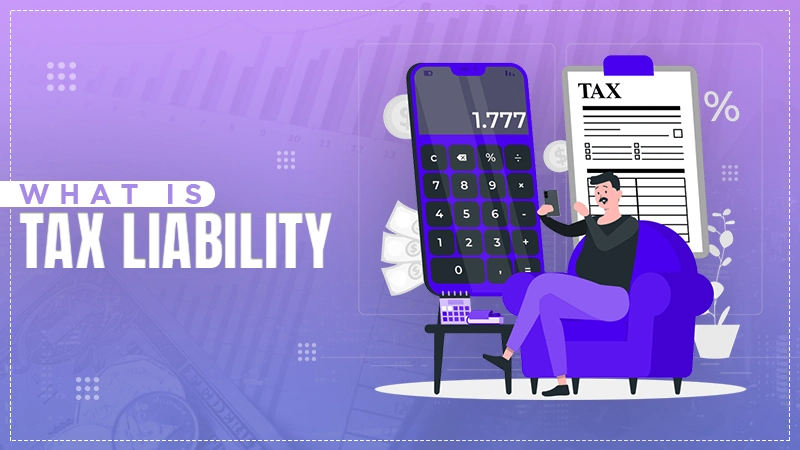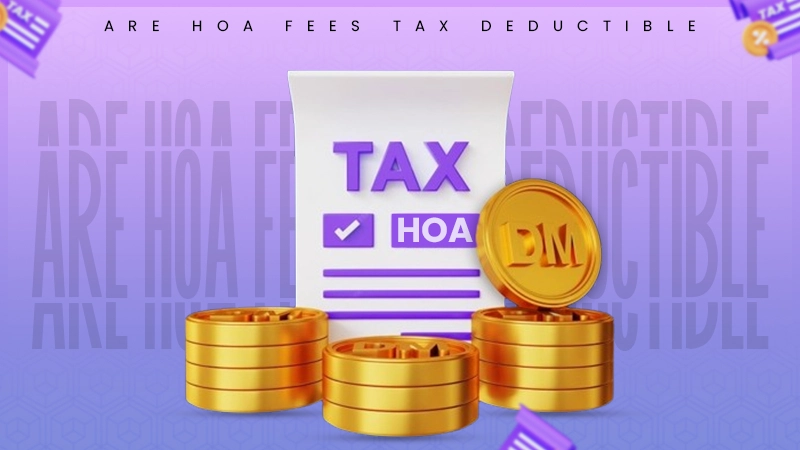No, both the numbers are not the same. The VAT number is used to pay tax on value-added tax on taxable income, whereas the UTR is used to file self-assessment tax returns online or by post.
Being a citizen of the UK, you must have heard about the tax identification number. These are tax identifiers, necessary to hold for all self-employed and businesses.
Due to comprising multiple types of different tax identification numbers UK, people are confused about which type of identifier is necessary for them. Each of these tax identifiers is issued by different authorities, making it even more perplexing for businesses and self-employed individuals.
Therefore, we have come up with this write-up to clear all your doubts. Read the article to clear your doubt regarding the UK TIN number, also referred to as the tax reference number.
What is Tax Identification Number UK?

A tax identification number is a tax identifier for individuals and companies for domestic and international administration. It allows the tax authorities to track the tax records of the taxpayers.
But before taking any further steps into it, you need to understand that TIN number UK is more of a general term used to refer to other types of identification numbers. Thus, we have dealt with it in detail in the subsequent section and mentioned all the tax identification numbers UK.
UK TIN Number Uses and Functions
The UK TIN Number has multiple uses in the administration of country operations. Not limiting the scope to only tax, the tax identification number UK has various functions. Therefore, we have comprised all the uses and functions of multiple UK TIN numbers in this section:
VAT (Value Added Tax) Number
Another UK tax identification number is VAT, concerned with the VAT-taxable income of the company. It consists of 11 characters, beginning with 2 alphabets that indicate the country and 9 numbers that specify individuals. Companies must register for a VAT number if their VAT-taxable income is more than £90,000.
Companies use their VAT numbers to:
- Issue invoices to clients.
- File VAT returns with the HMRC.
- Claim VAT return on the goods and services for self-utilization.
UTR (Unique Taxpayer Reference) Number
The unique taxpayer reference number is an identifier for tax management for both self-employed individuals and companies. Issued by the His Majesty’s Revenue & Customs (HMRC), this unique number is used for the following:
Companies use UTR to:
- Register for VAT after getting eligible.
- Inform the HMRC about inactivity or your dormant company.
- Communicate with the tax authorities.
- Register for the Construction Industry Scheme and PAYE.
- Recognize companies for their tax obligations and management.
Self-employed use UTR to:
- File tax returns.
- Conduct self-assessment and tax obligations.
ERN (Employer Reference Number) or PAYE Reference Number
After successful registration with HMRC, a reference number with the format 123/ABC4567 is issued, where the first 3 numbers indicate the HMRC office number and the combination code after “/” is the unique reference ID of the business.
ERN or PAYE reference number is used to:
- Conduct security checks when accessing tax information.
- Follow statutory reporting obligations like PAYE payments and returns.
- Link the business with their respective HMRC office and determine their tax obligation.
NINo (National Insurance Number)
The national insurance number is a unique identifier for individuals in the form of an alphabetical code. It consists of 2 letters, 6 numbers, and a final number to enhance the security of the number. Remember, this number is not used as a proof of identity.
The NINo is used to:
- Records the national insurance contribution and tax filing.
- Claim benefits like retirement pensions and incapacity benefits.
- Apply for student loans.
- Make payments for the personal equity plan taxes and individual savings account taxes.
CRN (Company Registration Number)
Issued by the Company House of the UK, the company registration number is a unique code with 8 characters, where either all the digits or the last 6 digits are numbers. You can easily locate it on the certificate of incorporation, from the registrar’s office, and via communicating with the company house.
CRN is used to:
- Register for PAYE and VAT.
- File annual company accounts or confirmation statements.
- Link the business bank account with the registered business entity.
- Match data and assess business risks.
Types of UK Tax Identification Number
After going through all the identification numbers in the UK, we have summarized this list of all the identifiers. Here are some identification numbers used in the UK tax system:
- UTR (Unique Taxpayer Reference) Number: A 10-digit unique identification number assigned to each taxpayer in the UK, issued by HMRC.
- VAT (Value Added Tax) Number: This is an 11-character number issued by HMRC, with the first two alphabets indicating the country code and the 9 numbers representing a unique number.
- ERN (Employer Reference Number) or PAYE Number: A tax identification number assigned to employers in the UK to submit the salary reports of their employees.
- NINo (National Insurance Number): It is a reference number provided by the Department for Work and Pensions (DWP) in England, Scotland, and Wales and issued by the Department of Social Development (DSD) in Northern Ireland.
- CRN (Company Registration Number): This is an 8-character unique identification number that is used to verify the legal existence of a company and its operations.
How to Receive Your Tax Identification Number UK?
In the UK, businesses and self-employed automatically receive their tax identification number once they register for self-assessment. The TIN number or UTR number will be received through the reply of the respective authority within a set period of time.
If the reply from the HMRC is taking more time, you can also check when you can expect a reply. The inspection process for the reply is the same for agents as well as company representatives.
Documents Required in the Application Process of Tax Identification Number UK
To receive the tax identification number UK, individuals or companies need to register themselves for the self-assessment on the official website of HMRC. Make sure you hold the following information and documents in your bag.
- Personal information like name, address, date of birth, or company registration information for entities.
- Bank statement or receipts.
- A P60 or P45 showing gross salary (if you are paying yourself a salary from a limited company).
- Student loan deductions (if any).
You don’t need to worry about how to keep your records for registration, as the HMRC allows all formats like paper, digital, or software programs.
Costing of Getting a UK TIN Number

While going through the process of registration for a tax identification number UK, most of you might be wondering how much getting a TIN number costs. To unveil this secret, getting a TIN number is absolutely free. Individuals or companies don’t need to pay anything, except a small processing fee.
The small fee varies based on the structure of the business and what is getting registered with the company house. For example, registering a limited company with the company house via the online platform costs ₤12, whereas ₤40 will be charged for registration via post. However, the registration process for the self-assessment is charge-free.
Do Employees Need a UK TIN Number?

Yes, all the employees in the UK require a TIN number to uniquely identify for tax administration. The most common number required by the employees is the national insurance number to accurately report the tax submission and earnings of the employees.
Along with ensuring that the correct amount is deducted from the salaries of the employees, it is also helpful in tracking the tax contribution to the HMRC. Moreover, this credential is also useful for verifying the tax status of each employee in the UK.
Therefore, it is mandatory for all employers to register their employees for the national insurance number. Although most UK citizens already have their national insurance numbers, foreign employees might need some help with registration. Hence, employers must ensure that foreign employees get registered before getting hired.
Wrapping Up
All the UK TIN numbers mentioned above play a crucial role in the active management of tax administration. It doesn’t matter whether you are self-employed or own a business; registering for the TIN is mandatory for everyone in the UK.
Remember that the TIN or UTR is automatically issued after registering for self-assessment with the HMRC.
- What is Tax Identification Number UK?
- UK TIN Number Uses and Functions
- Types of UK Tax Identification Number
- How to Receive Your Tax Identification Number UK?
- Documents Required in the Application Process of Tax Identification Number UK
- Costing of Getting a UK TIN Number
- Do Employees Need a UK TIN Number?
- Wrapping Up











